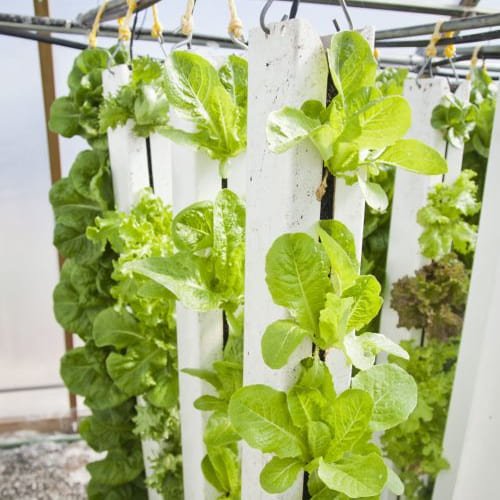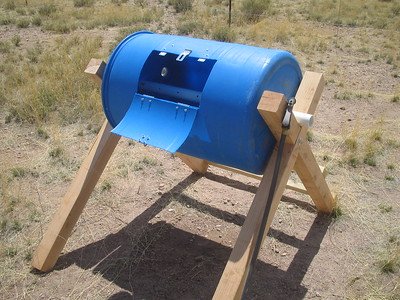As an orchid enthusiast, there’s nothing quite like the joy of watching your orchid bloom. But sometimes, accidents happen. Maybe you bumped into the plant, or perhaps a curious pet decided to investigate. Whatever the cause, finding your orchid spike snapped or bent can be disheartening.
Don’t worry; all hope is not lost! Here’s a comprehensive guide to handling this situation and even turning it into an opportunity for your orchid’s growth.
Assessing the Damage

First, take a deep breath. A broken orchid spike isn’t the end of the world. Begin by carefully examining the extent of the damage. Is the spike entirely severed, or is it just bent? The course of action will depend on the severity of the break.
If the Spike Is Completely Broken:
A completely broken spike can no longer support flowers or buds, but it doesn’t mean your orchid is doomed. This could even be a chance to encourage the plant to focus its energy on producing new growth. Let’s dive into the steps you should take.
- Sterilize Your Tools: Always use clean, sterilized pruning shears or scissors to avoid introducing infections. Wipe the blades with rubbing alcohol or hydrogen peroxide. Clean tools are critical because orchids are sensitive plants, and even a small infection can spread quickly.
- Make a Clean Cut: Trim the spike as close to the base of the plant as possible without cutting into the main stem. Cutting too close could damage the plant further and hinder its ability to grow new spikes. A clean cut allows the plant to heal efficiently and reduces stress on the plant.
- Seal the Wound: To prevent bacteria or fungi from entering the cut, consider applying a bit of cinnamon powder (a natural fungicide) to the wound. It’s a small touch, but it can make a big difference. Orchids are prone to infections, so this step acts as an extra layer of protection.
- Redirect Energy: With the spike removed, your orchid will redirect its energy into root and leaf growth. This is actually a good thing, as stronger roots and leaves pave the way for healthier blooms in the future.
If the Spike Is Bent:
A bent spike might still have some life left in it. Here’s how you can try to save it and maximize its potential:
- Splint the Spike: Use a small bamboo stick or a straw as a splint. Attach it to the spike using soft ties, such as plant tape or twist ties, ensuring it’s secure but not so tight that it damages the spike. The goal here is to stabilize the spike and prevent further bending or snapping.
- Monitor Progress: Keep an eye on the spike over the next few weeks. If it starts to yellow or brown, it’s time to trim it back. If it stays green, you might still get some blooms! Patience is key when dealing with bent spikes, as orchids don’t recover overnight.
- Provide Support: Consider adding a stake or support system to prevent future accidents. Orchids can be top-heavy when in bloom, so giving them extra stability helps in the long run.
Can You Propagate From a Broken Spike?
If your broken spike has buds or nodes, you might be able to propagate it. Cut the spike just below a node and place it in a moist growing medium, like sphagnum moss. While propagation success isn’t guaranteed, it’s worth a try. Who knows? You might end up with a new orchid plant!
Understanding Orchid Behavior
Orchids are resilient plants with a unique growth cycle. When a spike breaks, the plant often redirects its energy toward new growth—like producing another spike or strengthening its roots. Think of this as a silver lining: your orchid is focusing on its future.
Orchid spikes typically emerge from nodes on the stem. If you’re lucky, your plant might produce a secondary spike from a dormant node. Keep an eye on the base of the spike or near the leaf axils for new growth.
However, to give your orchid the best chance at recovery, you’ll want to provide optimal conditions including proper Light, consistent watering, fertilizers and humidity.
Lessons Learned
While a broken orchid spike can feel like a setback, it’s also a reminder to handle these delicate beauties with care. With proper care and attention, your plant may recover and even thrive.
If not, use this experience to learn and grow as a gardener. Perhaps it’s time to reconsider your orchid’s placement or invest in sturdier plant supports.



